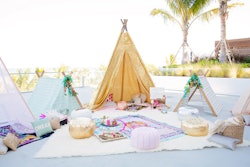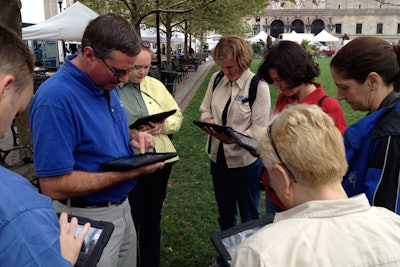
SmartHunts are iPad-based activities offered by Best TeamBuilding. Teams perform challenges, solve clues, and answer trivia questions, which can all be customized for the group. Participants also capture video and photos throughout the activities that can be shown at the conclusion of the event and shared through social media. SmartHunts feature two-way messaging so teams are connected with the hunt coordinator, who can track players using GPS and download photos and scoring. Themes include Amazing Chase, Mission Possible, Da Vinci Code, and an Event Kick-Off SmartHunt for conferences. Each hunt takes about three hours.
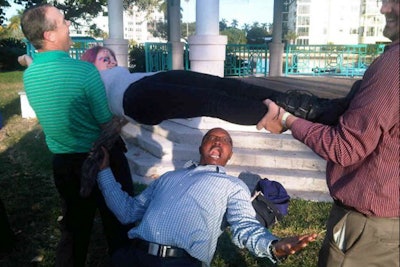
TeamBonding offers five “Smartphone Scaventures,” in which players use the company’s mobile app to search for items, complete tasks, and snap photos. Teams earn points based on activities completed and the quality of photos. Hosts can create a mission list from a bank of more than 100 options—such as asking participants to play “human limbo”—or they can design their own activities. Teams can compete against one another from multiple locations, whether in different cities or different countries. Each hunt takes about three hours to complete.
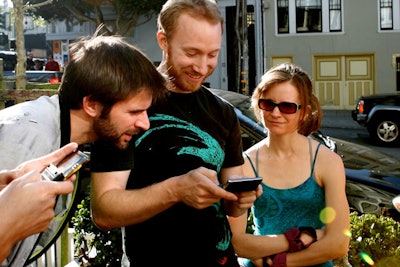
Go Game uses smartphones to guide players through a series of challenges. Teams of as many as 10 players are sent on a course to solve puzzles and complete tasks within a game zone, which could be a few city blocks or a convention center. Players complete missions by submitting digital photos and text answers through the phones. Examples include a National Mall game in Washington that asks players to locate specific buildings and answer questions about memorials. Go Game also provides costumed actors that interact with participants throughout the hunt. The game ends with a presentation of the photos and videos, which the host also receives on a USB drive.
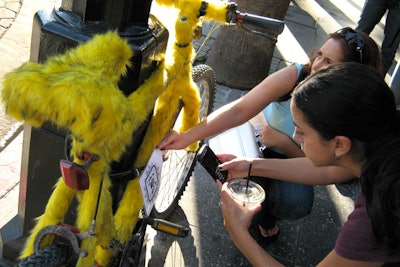
Wise Guys Events offers “Clockwise,” a cell phone scavenger hunt played with QR codes. Teams of as many as 10 players race against the clock to discover and decode 12 QR codes hidden within the game zone, usually a few city blocks. The codes may be located on a bike parked on a city street or on matchbooks players receive after giving a password to a bartender. When players scan the QR code, they get a password worth points at the end of the game and also instructions on how to complete an optional challenge for bonus points. Each hunt takes about four hours.
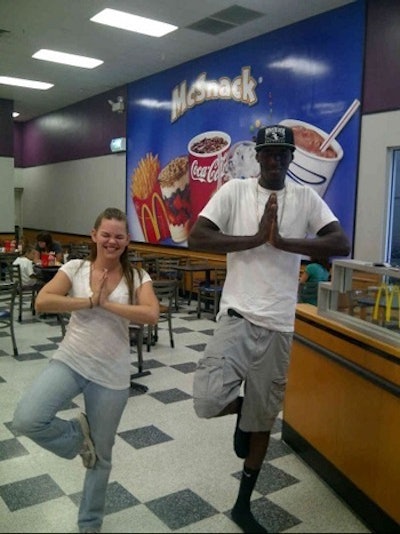
GooseChase is a D.I.Y. scavenger hunt platform. Hosts can choose from options in the “mission bank” or create one from scratch. Each mission has a set point value and can have images and links attached to it. Participants submit photos through the app as proof of completing each mission, which could include convincing a stranger to demonstrate a favorite yoga pose. Organizers can monitor the activity through the “Hunt HQ” on the GooseChase Web site and award points based on the submitted photos.
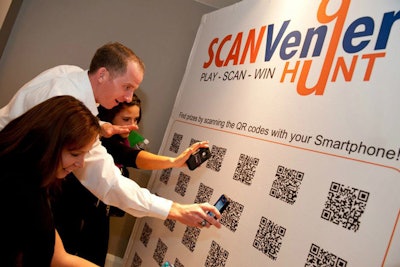
SCANVenger hunts are played using QR codes that can be placed throughout a venue, in an exhibit hall, or among a few city blocks. Players scan the codes and answer questions to earn points. Questions can be customized, for example, to quiz players about content learned at the event. Participants can also view the leaderboard on their devices, adding to the competition. SCANVenger also offers an interactive game wall—an 8- by 10-foot display of 30 QR codes—for hosts that want to offer a game without a physical hunt.
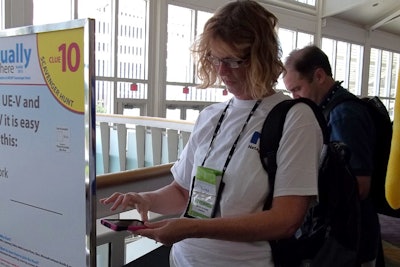
Wildly Different offers a hunt known as “Recess Anyone?” as well as custom hunts based on a client’s theme. Signs with riddles are placed throughout the hunt area. Teams or individuals use their smartphones to scan a QR code on the signs that leads them to a Web site with additional clues to answer the question. Hosts can determine how to set up the hunt: as a break between education sessions, a networking tool during a reception to encourage interaction, or as a way to get people moving around a trade show by placing clues in exhibitors’ booths.
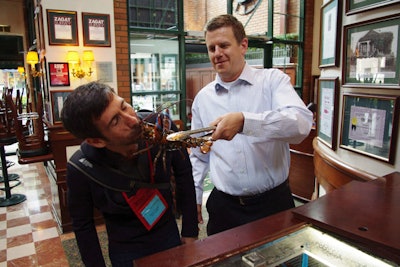
American Outback’s “Wild Goose Chase” scavenger hunt sends players on missions that vary from wacky—like kissing a lobster—to customized to match the event’s theme, location, or objectives. Teams access the missions using the company’s app, and the list can be completed in any order. The hunt can be played in a few hours or over several days during a conference. Players can view a leaderboard in the app to increase competition.
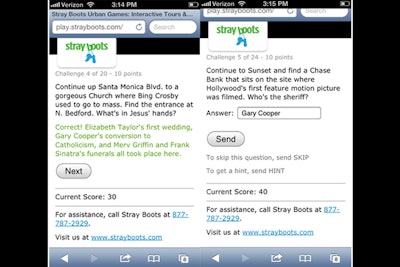
Stray Boots offers trivia-based walking tours of popular meeting destinations around the country, including Los Angeles, Chicago, New York, Miami, and Las Vegas. Players use their cell phones to complete challenges, solve riddles, and take photos, and they earn points along the way. Each activity includes interesting facts about the destination. Tours can be played via the Stray Boots app, text message, or on a mobile browser. For multiple teams, the game can be arranged so teams experience the same tour but take different routes.
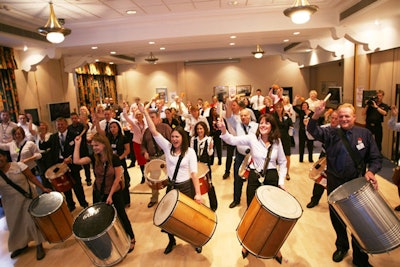
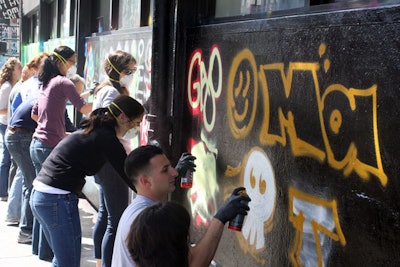
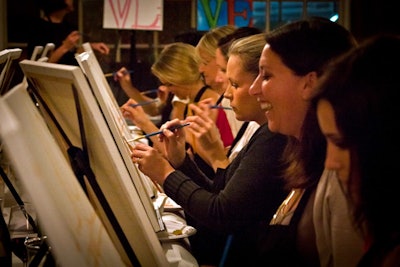
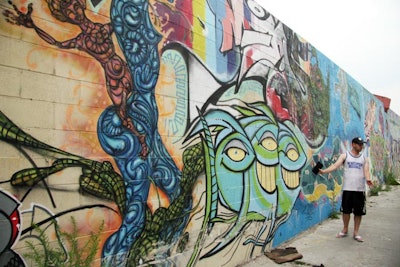
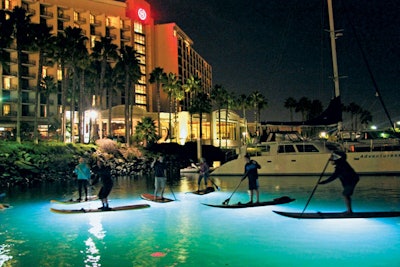
The Sheraton San Diego Hotel & Marina has partnered with San Diego Bay Adventures for a nighttime water activity. Dubbed “Nite Opps,” the experience lets guests take guided tours through the San Diego Bay while standing on LED-lit paddleboards. Afterwards, guests gather around a fire for refreshments and Hawaiian-style storytelling. A typical group for the activity is 10 to 20 guests, but the program is available for larger numbers of attendees.
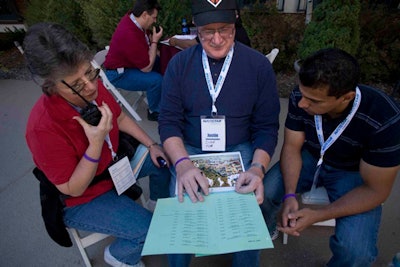
Hotel Madeline Telluride in Colorado offers a GPS Orienteering Quest that can be catered to any group size. Guests explore the mining town in a team-based mission to find hidden flags. Teams use two-way radios, GPS units, maps, verbal instructions, and a set of clues during the expedition.
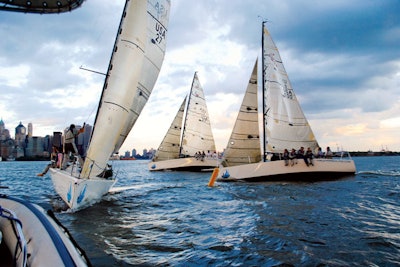
In Manhattan, Halcyon Sailing offers interactive sailing events for groups of 24. Participants get a sailing course at the company’s TriBeCa loft; then head to the New York Harbor to race 30-foot boats past iconic landmarks such as the Statue of Liberty. After about two hours, the group returns to shore for a champagne toast. The entire outing lasts three and a half to eight hours.
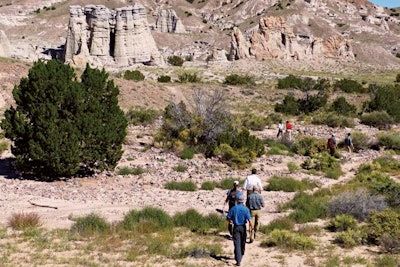
In New Mexico, Adventure Partners has teamed up with Four Seasons Rancho Encantado to offer a summit climb for corporate groups of 15. The activity begins with a scenic drive to Windsor Trail. Guests then hike through alpine forests and wildflower meadows to reach one of several summits; each offers impressive views.
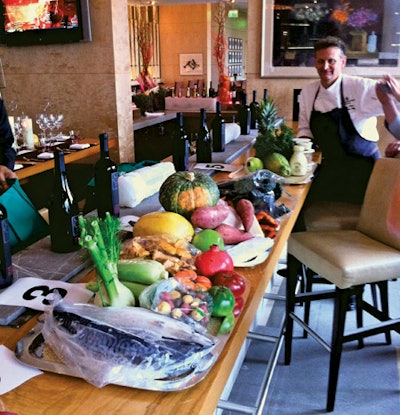
Art restaurant at the Four Seasons Hotel Seattle has a new activity called Market to Art. Staffers take a group of 10 to the outdoor Pike Place Market, where guests are split into teams of two. Each team gets $60 and 30 minutes to select ingredients for one of five courses for the evening’s meal. The chefs at the hotel’s restaurant then make a dish using the gathered ingredients, and each team presents “its” plate to the group.
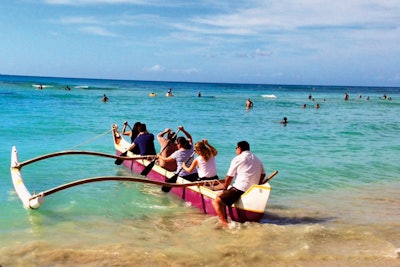
The Royal Hawaiian on Waikiki Beach in Oahu has a new canoe-based activity for groups. Inspired by the ancient Hawaiian tradition of outrigger canoe paddling, the experience puts guests in canoes (or wa’as) that seat six paddlers apiece. Teammates use synchronized movements to make the canoe glide through the water quickly and smoothly, and each team member has a different role. The activity is available for groups of 50 or more.






